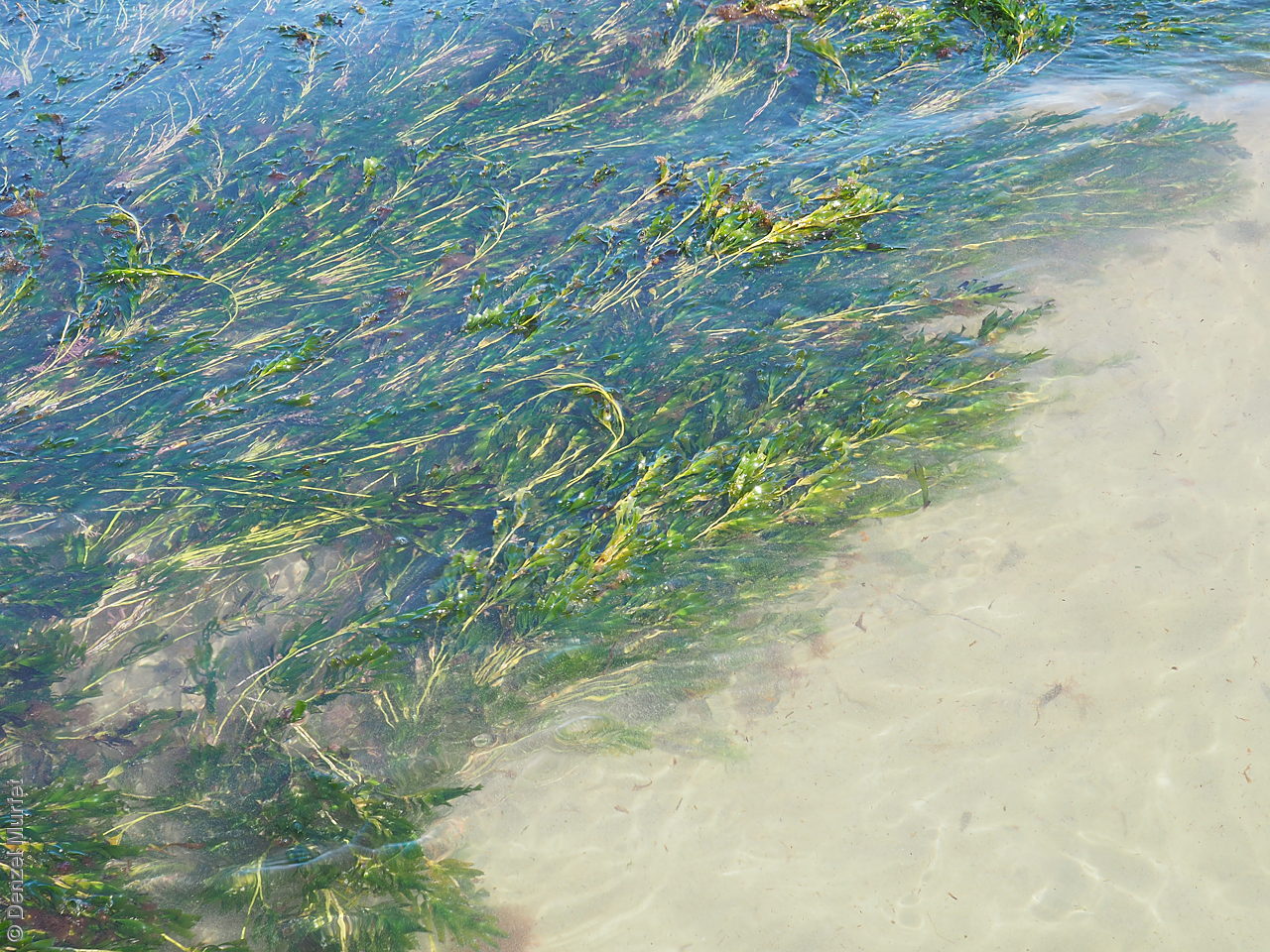
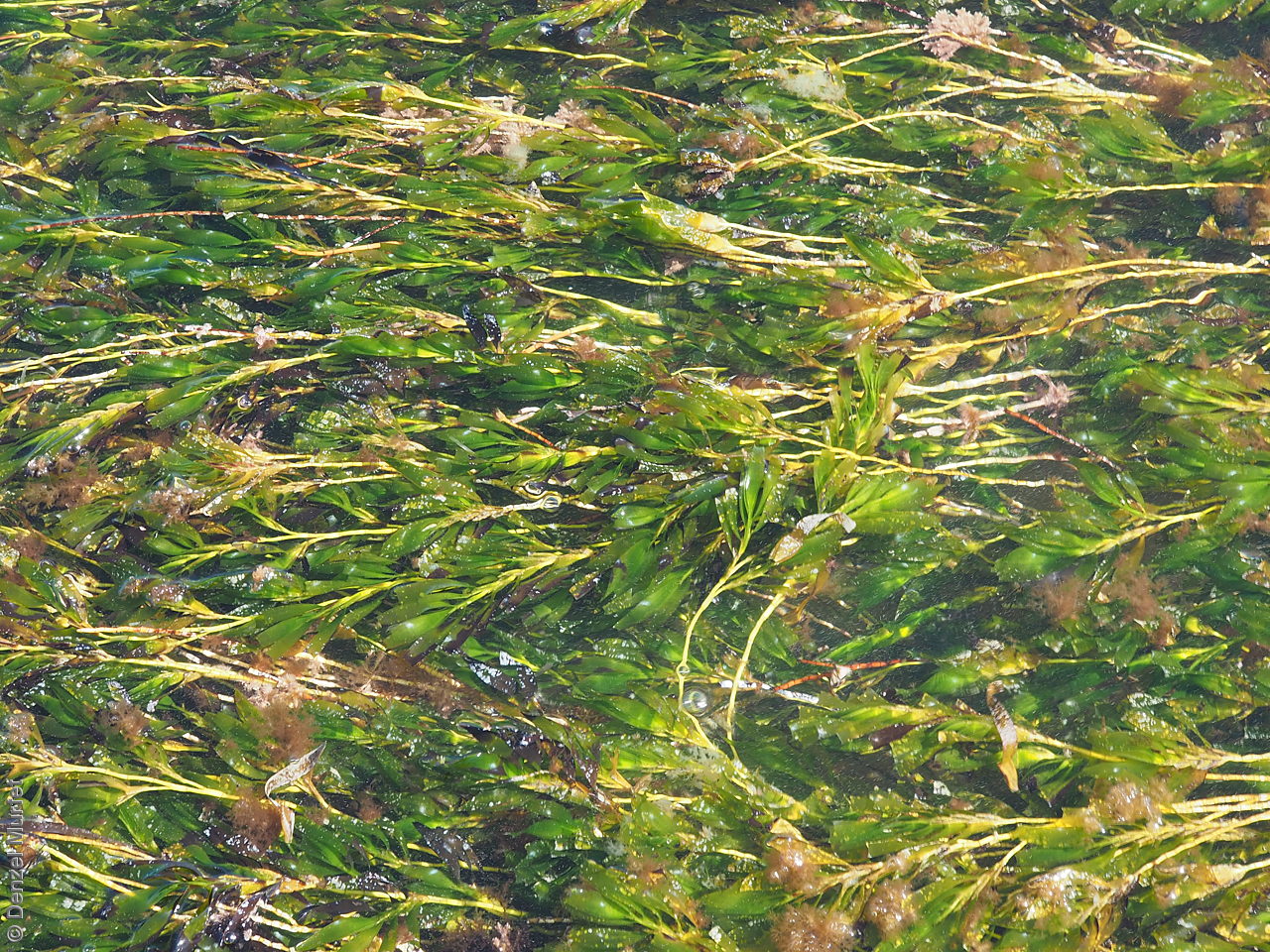
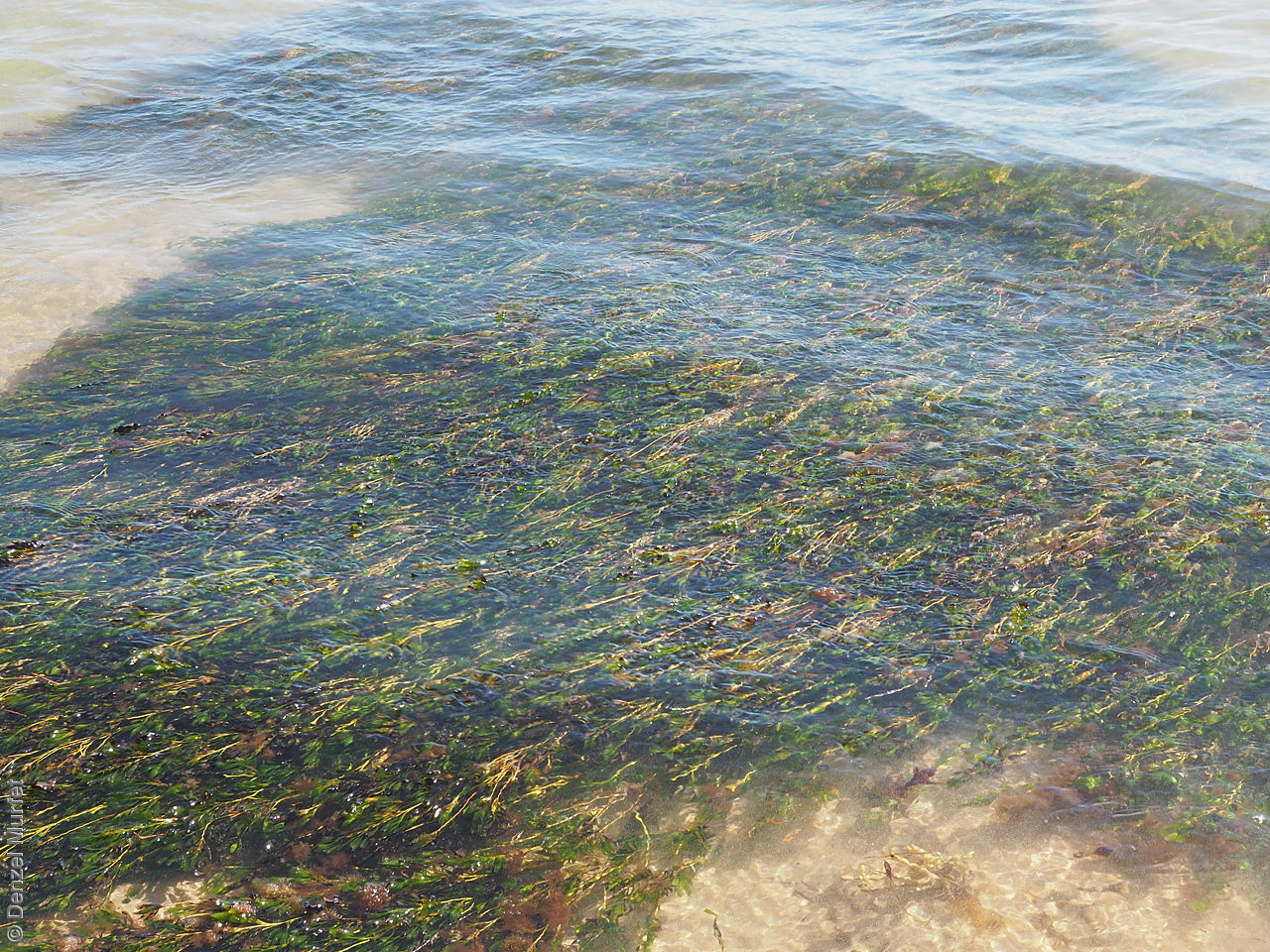

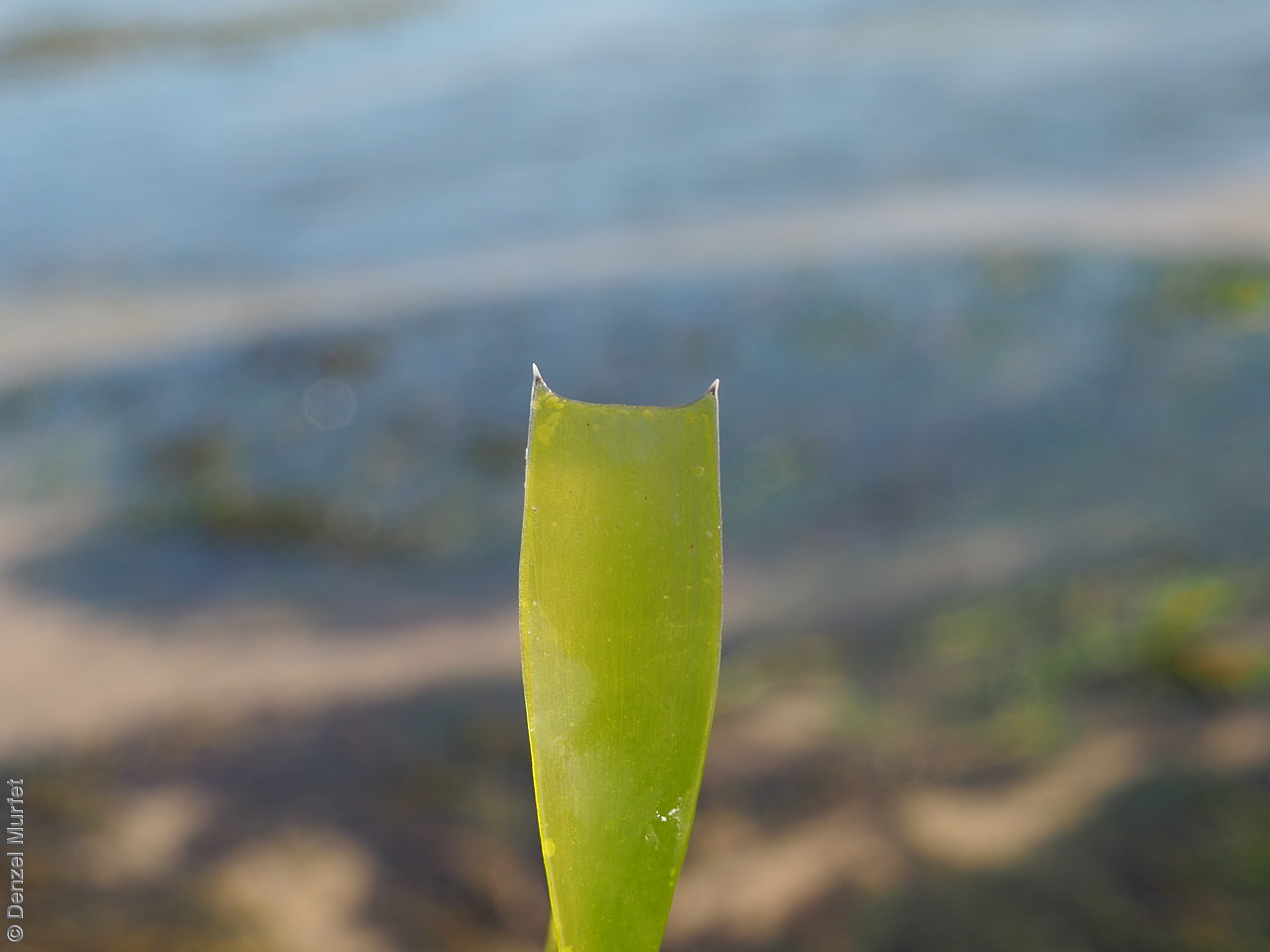
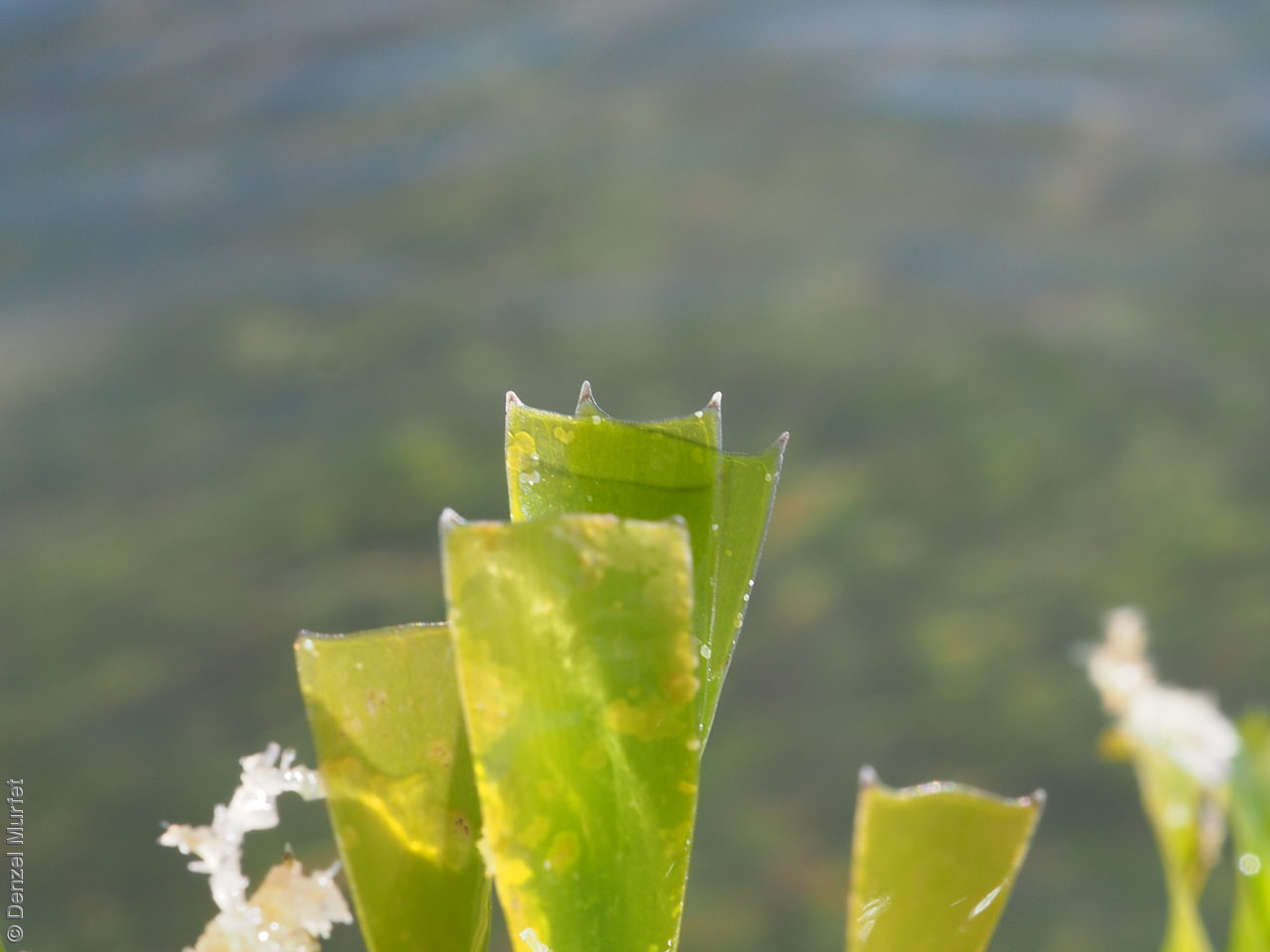
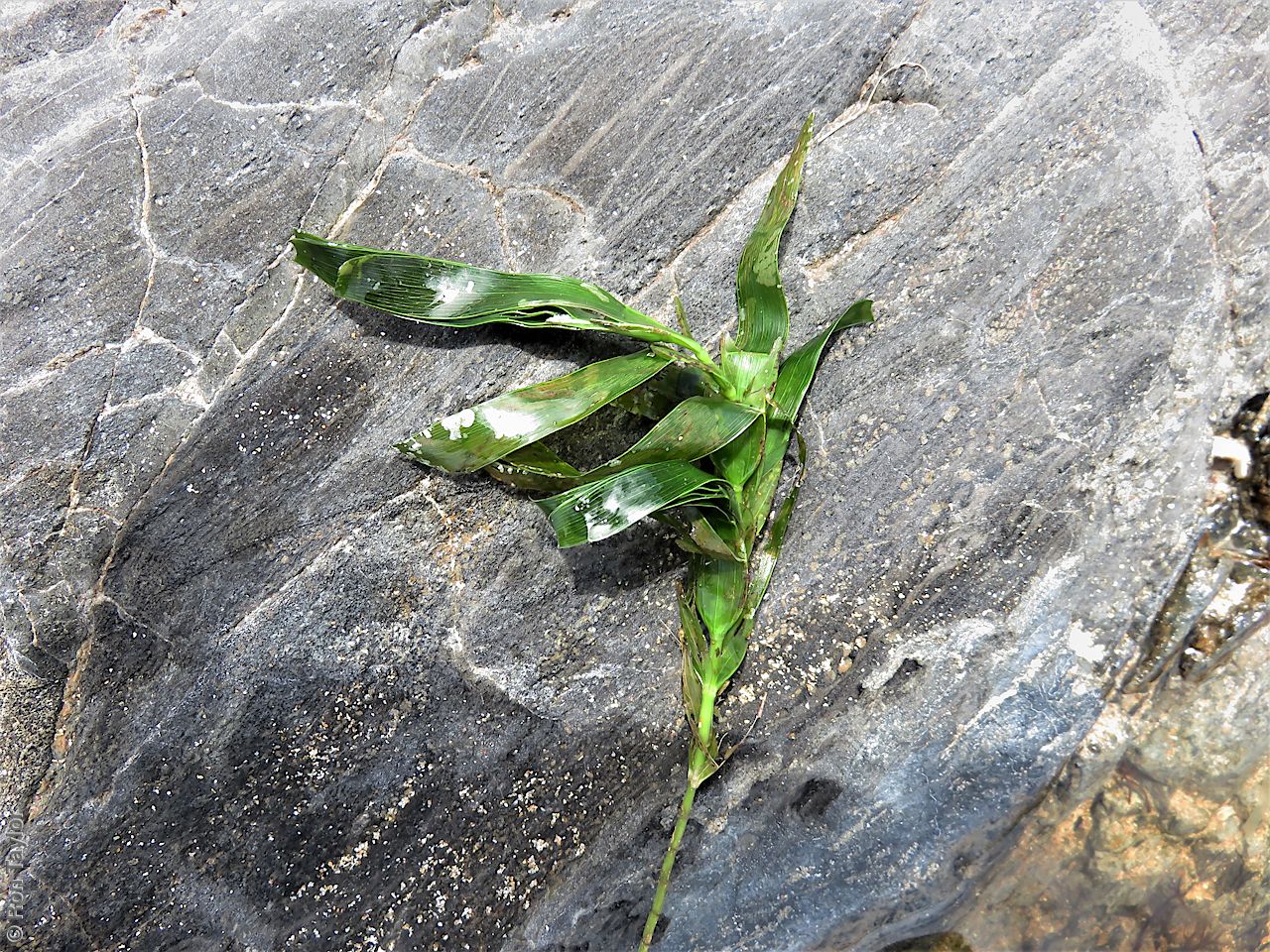
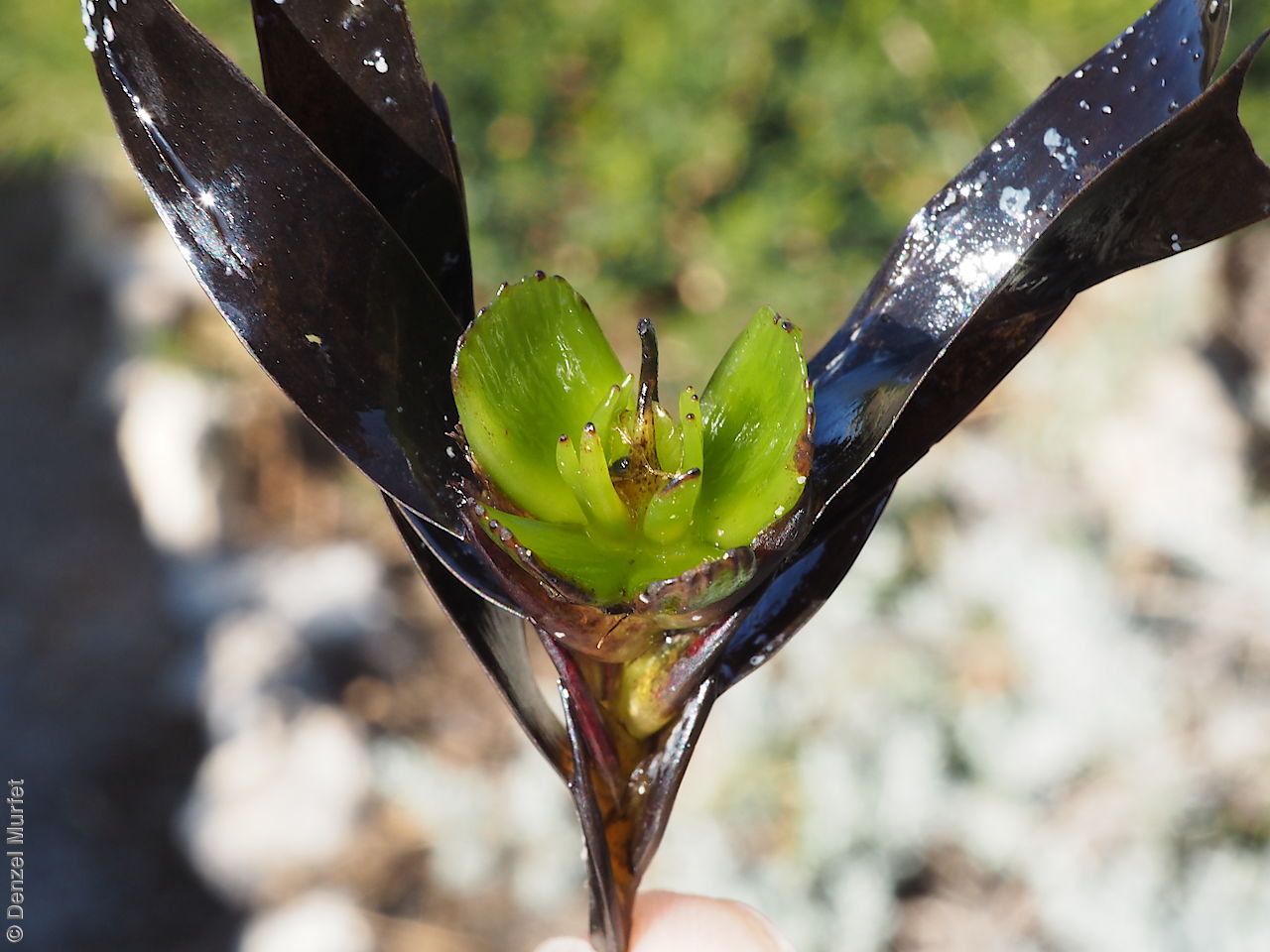
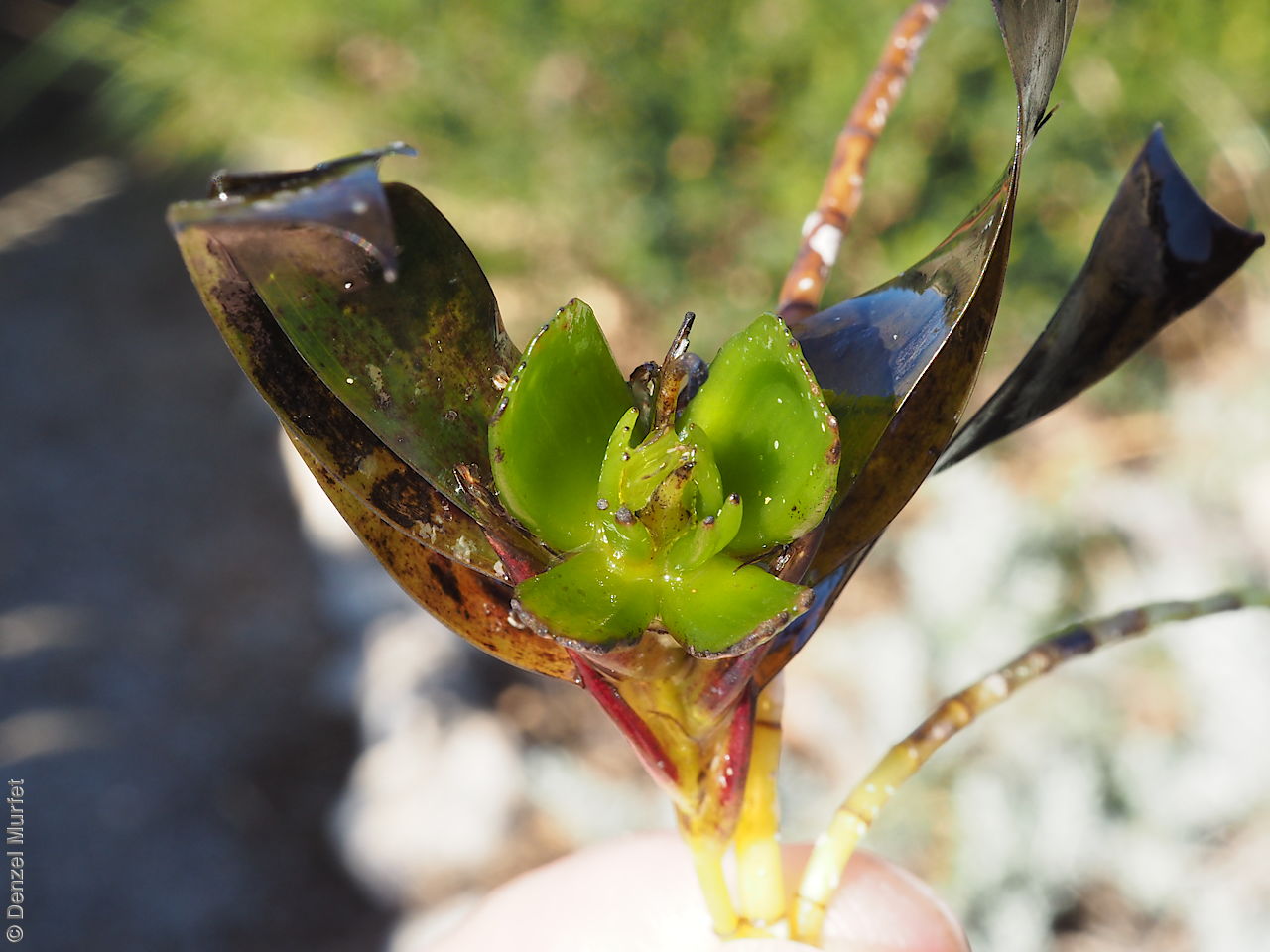
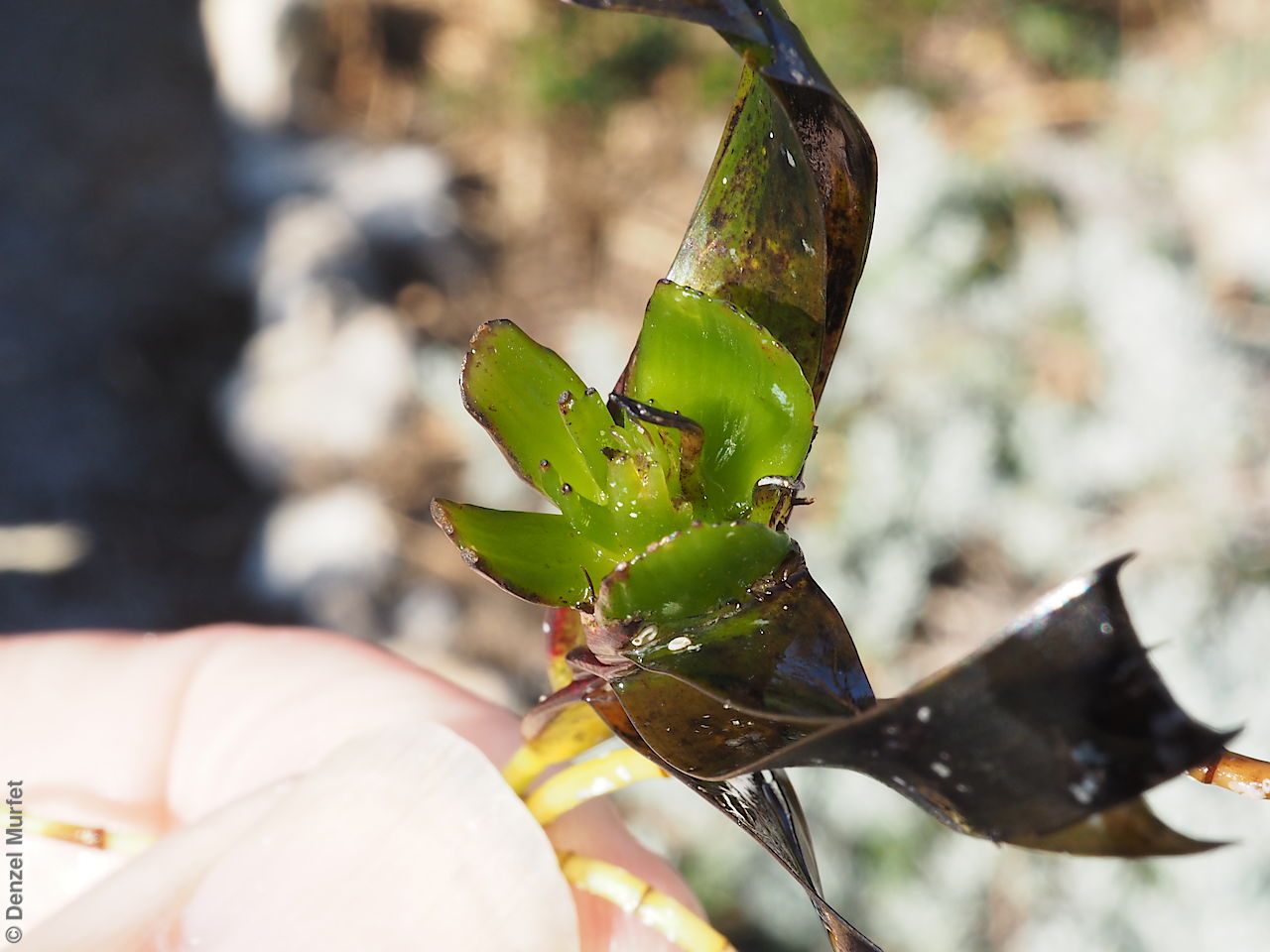

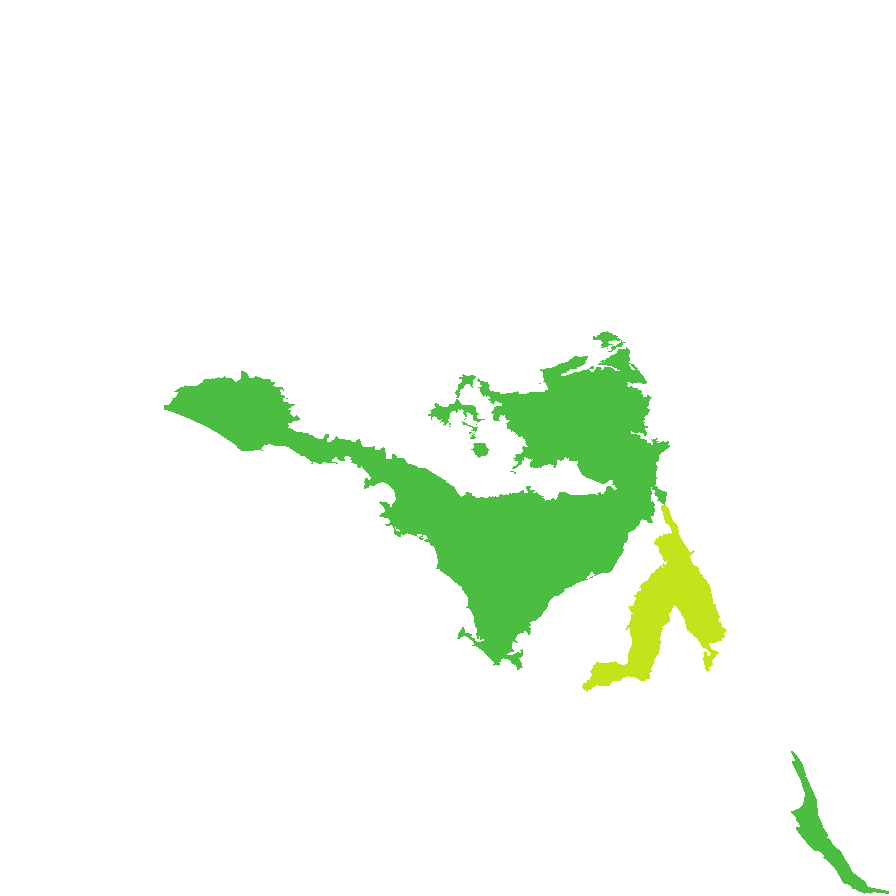
Botanical art
Prior names
Ruppia antarctica
Pectinella antarctica
Cymodocea antarctica
Common names
Sea nymph
Wire Weed
Etymology
Amphibolis from the Greek "amphibolos' meaning thrown, put round, ambiguous, doubtful, possible referring to its unlike habitat of a flowering plant, in the ocean. Antarctica possible referring to its distribution from the Antarctic region along the southern coast of Australia.
Distribution and status
Found all along the coast of South Australia growing in sandy mud bottoms, or as patches on flat rock under conditions of moderate to fairly strong water movement, from the uppermost sublittoral zone to 23 m deep. Also found along the coast of Western Australia, Victoria and Tasmania. Native. Common in South Australia. Common in the other states.
Herbarium regions: Nullarbor, Eyre Peninsula, Yorke Peninsula, Southern Lofty, Kangaroo Island, South Eastern, Green Adelaide
NRM regions: Adelaide and Mount Lofty Ranges, Alinytjara Wilurara, Eyre Peninsula, Kangaroo Island, Northern and Yorke, South East
AVH map: SA distribution map (external link)
Plant description
Dioecious, perennial seagrass with creeping, lignified rhizomes with erect. much-branching stems to 1.5 m tall and 1.5 mm diameter. Leaves in cluster of 8-10 at the ends of branches; sheath often slightly wider than lamina, overlapping in the lower half only; lamina to 50 mm long and 10 mm wide, flat, usually twisted about 180° in the upper half, apex obtuse, truncate with 2 acute marginal teeth. Male flowers with 2 or 3 branched appendages on apex of anthers. Female flowers with bract up to 8 mm long; stigmas 3, sometimes further divided; pericarpic lobes with an outer whorl of 2 broad and 2 narrow lobes, and an inner whorl of 4 (or more) smaller and narrower lobes which are divided apically.